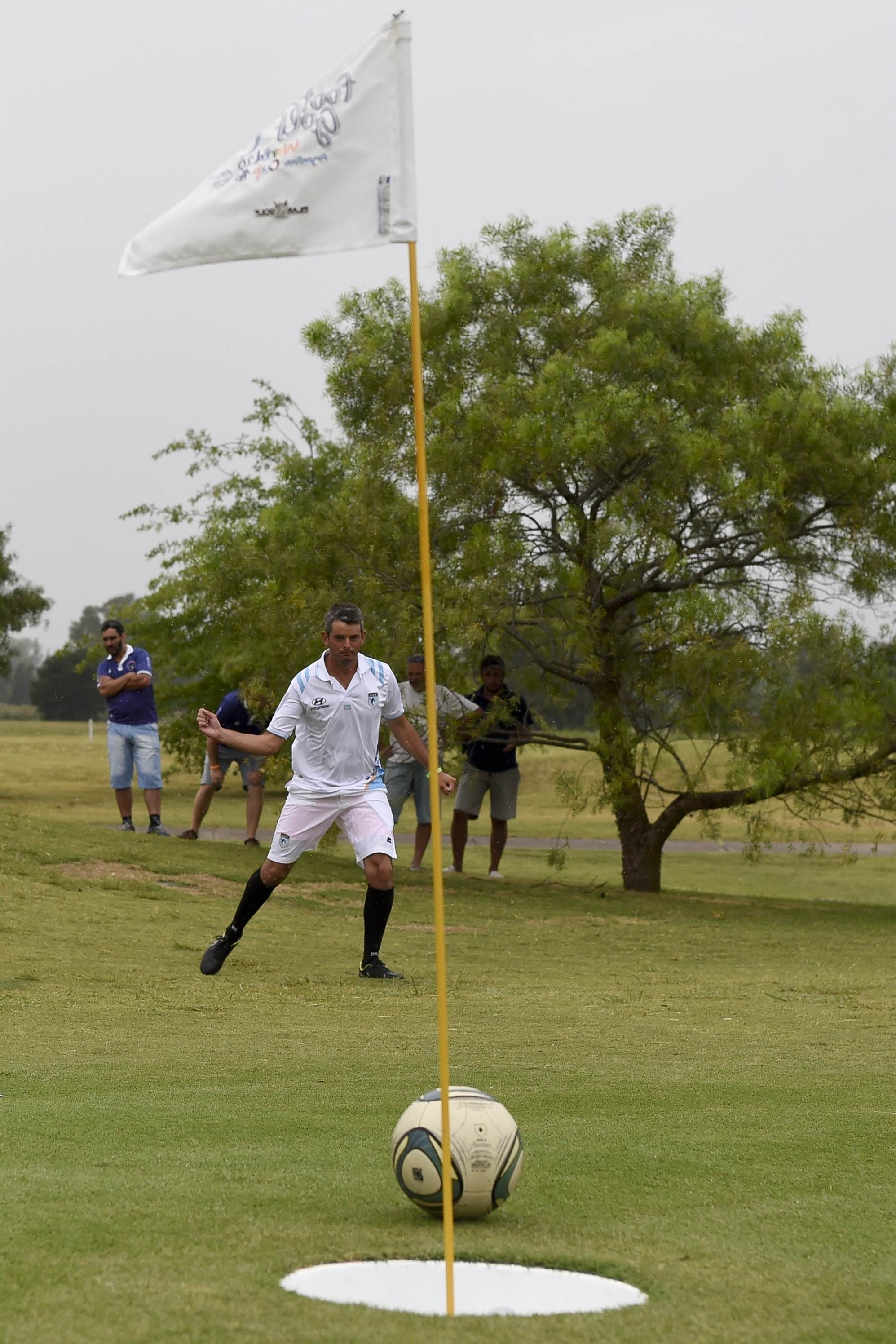The problem with almost all the solutions put forward to ’grow the game’ is that, quite simply, they’re NOT golf.
TopGolf, big hole golf, foot golf, speedgolf, short form golf … all use the name in the title and all have a role to play in introducing and allowing people to enjoy something resembling golf.
But the harsh reality is that none is the multi-faceted, multi-skilled, multi-dimensional challenge that is unique to the stick and ball game we all love so much.
That a two foot putt and a 300 yard drive count for exactly the same on the scorecard is patently, obviously and – in terms of both science and logic – provably unfair.
Infuriating? Yes. Ridiculous? Yes. Indefensible in the face of common sense? Of course.
 But for all the perfectly reasoned arguments that can be put forward by the ‘fair’ brigade, that absurd paradigm is also what makes the game intriguing, beguiling and ultimately addictive.
But for all the perfectly reasoned arguments that can be put forward by the ‘fair’ brigade, that absurd paradigm is also what makes the game intriguing, beguiling and ultimately addictive.
If you put a group of middle aged, male golfers into a room and task them with finding ways to ‘grow the game’ (which is loosely how the game actually does this sort of thing) it’s not really surprising that what comes out the other end is pretty bland and uninspired.
RIGHT: Concepts like Footgolf have merit, but don't offer the true values of golf that can attract new golfers. PHOTO: EITAN ABRAMOVICH/AFP via Getty Images.
This is not a reflection on the individuals who are part of such efforts (their intentions are genuinely noble) but more a confirmation of the difference between the business of golf and the game itself.
Applying logic and reason to business is perfectly sensible. Applying it to the task of attracting new folks to a game that bears none of those characteristics seems a little – dare we say – illogical.
The only way any golfer has ever come to fall in love with golf is to actually play it.
Initial interest can be sparked in many and varied ways from seeing Tiger Woods on TV to accompanying friends or family to the course.
But the true infusion of the game into the soul comes only at the very moment a human first feels that indescribable sensation of a sweetly struck golf shot.
It is universally understood by all who’ve felt it and it is as true of Rory McIlroy and Jin Young Ko as it is of your mate who plays off 20 and everyone in between.
And it is the reason every single one of them continues to turn up every week despite the fact the game can, literally, drive people mad.
All of which leads us back to the ‘grow the game’ discussion and, in a funny way, Coronavirus.
Anecdotal evidence suggests lots of new people have tried golf in recent months as other organised sports have been off the table.
It would be fair to assume that a percentage of those people will have been infected with the bug (the golf variety, not the virus) and will become life-long players.
This is the precise outcome the industry, as a whole, struggles to achieve.
That group of middle-aged blokes locked in a room looking for ways to grow the game would never have hit upon a global pandemic as a way to attract new players (which we should be thankful for).
But it begs the question whether that metaphoric group – the industry as a whole – can learn any lessons from what has happened?
It seems that ultimately, the best way to get people hooked on golf is to actually have them play it.
Not some bastardised version but the game itself with all the associated ridiculousness that makes it so appealing.
As I said at the start all those concepts have a role to play but in the end, if its golfers we want, then it is golf we have to sell.
Or more to the point, let it sell itself.
Related Articles

Tough Open start doesn't deter Croker from relishing life in the big league

Column: Spread the Scottish Open’s wings once again













